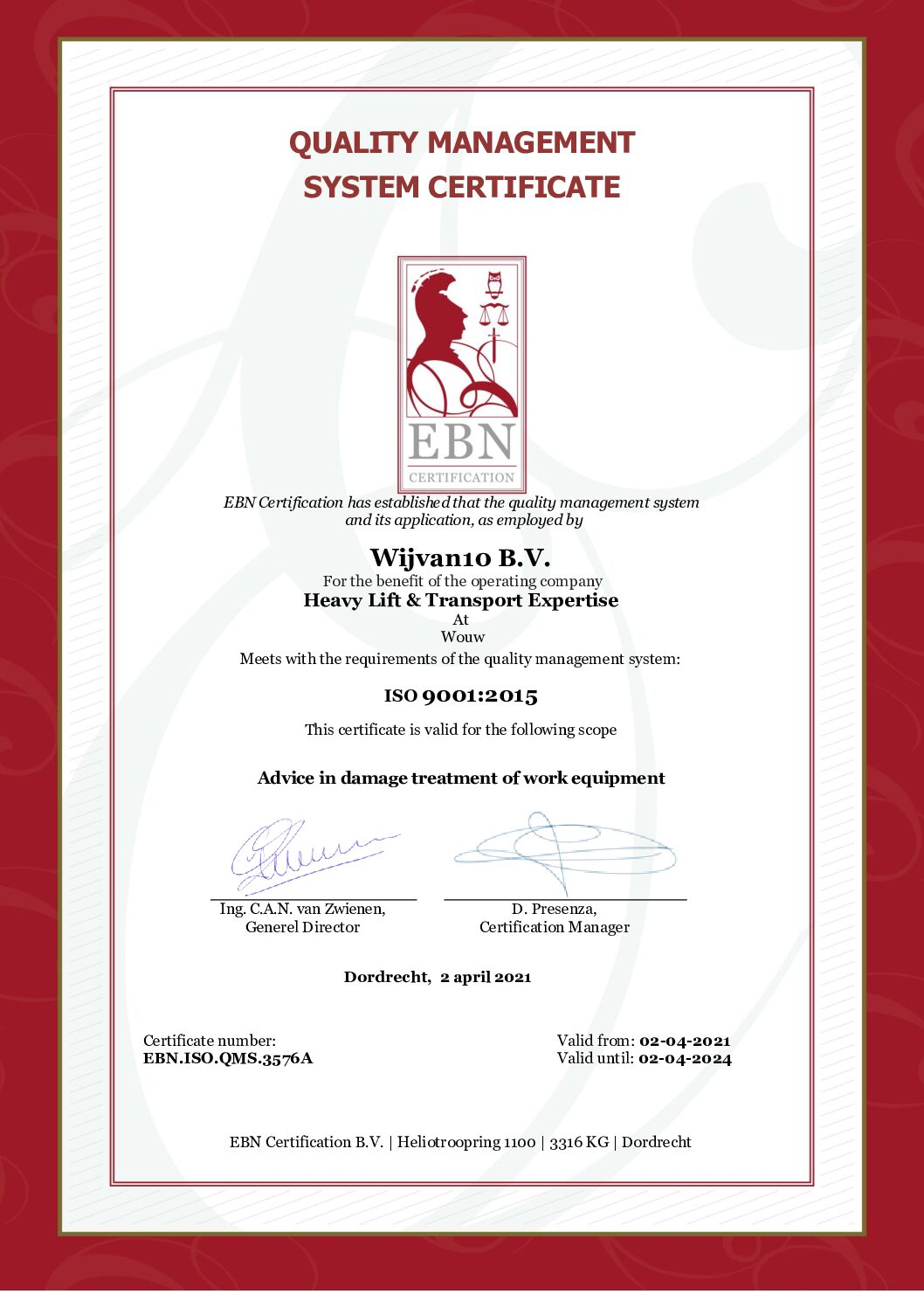Ship recycling
A New Guide to Ship-recycling in 2020
As the ”Hong Kong Convention” is close to coming into force, green ship recycling will undoubtedly become the main activity of the ship-breaking industry.
The method of beaching ships for ship-breaking purposes is contrary to the fundamentals of environmental protection and will be restricted. As you are competing with ship-recycling companies in India, your ship recycling company can have the advantage by adhering to the terms of environmental protection, safety measures and by working with the appropriate equipment. Therefore, it would be beneficial if you increase your green influence. The ship recycling industry is evolving to be protective of the environment and can work closely with experts to achieve this.
A guide to becoming a ship-recycling expert.
Improve the process of ship breaking
Decommissioning ships at a dock and dismantling them in accordance with the requirements of international and national conventions, laws and regulations is the first step. In general, you should adhere to the following procedures: inspection, quarantine, disinfection; ventilation and oxygen and explosion detection; cleaning and pre-treatment of hazardous waste; dismantling of engine room equipment; dismantling of hulls; cutting into sections, etc.
Addressing the protection of the environment
If you dismantle the superstructure by docking the ship, you can minimise the harmful effects of hazardous waste in the old ships. This hazardous waste could damage the seawater, the soil, the atmosphere and the environment of the factory area and the nearby residential areas when disposed without adhering to regulations.

According to the international and national regulations, you must possess of professional environmental protection facilities and mechanised ship-breaking equipment at the factory site. This includes oil fences, oil spill absorbent booms and other equipment and facilities in the terminal’s water area, which have to be up-to-date and minimised. To minimise the risk of oil pollution to water bodies, you can cover onshore demolition sites with waterproof, anti-seepage materials and reinforced concrete.
In addition, you must have impervious floors, gutters and water pits set up around the ship. And you must ensure that collected asbestos, contaminated oil, PCB, Freon and other hazardous waste are classified for storage in hazardous goods warehouses. Furthermore, you must prepare scaffolds and protective nets for ship breaking activities in order to reduce the risk of falling from high altitudes. Or you could use our heavy lift equipment to minimise the risk of falling at high altitudes.
In addition, you could collaborate with environmentally qualified companies and professionally recycle, classify or bury hazardous waste dismantled from used ships. This ensures zero emissions and zero pollution as a result of the ship breaking process.

